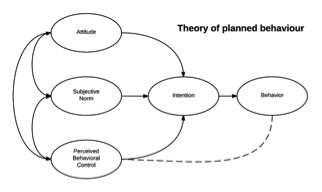How effective research helped PayPal to redefine its brand and strategic vision to make the movement and management of money better for people worldwide.
This article summarises the presentation that won the 2016 ESOMAR Effectiveness Award
By Dr Bob Cook, head of Innovation and Inspiration at Firefish based and Daniel Jenkinson head of strategic planning and insights, EMEA, PayPal.
It’s not just the evolution of media and digital technology that have transformed the world of qualitative research. The business world that research agencies serve has changed too, and this has had a great effect on what they are expected to produce.
Qualitative market research largely evolved in the 1970s, with its roots firmly in the academic world of the social sciences. This era influenced the output, which was often an intellectually rigorous and detailed discourse around a set of objectives. The answers to the research objectives would be in the detail and the thinking – but reports often needed to be handled by the people with the skills, time and inclination to do so.
Over the following decades, the business world changed profoundly: efficiency became the mantra, research teams became leaner (or non-existent), time became a luxury, and procurement services brought acronyms such as VFM and ROI.
This change has transformed what a project is expected to deliver and how it is judged in terms of its success. Now the attitude is “what did we do as a result of the work and what did we get out of it”; not “was the work well designed, executed and reported”. Research needs to inspire action that brings about change to have value to clients. Great ideas are not necessarily enough.
For smart agencies this means not just recommending what next steps to take, but also promoting the end behaviour desired in the client’s organisation. Behavioural science seemed like a good place to look for direction on how to design projects that are more likely to inspire action.
An excellent model for human behaviour was proposed in 1985 by Icek Ajzen:
The theory suggests that specific criteria need to be fulfilled, for people to be motivated to take action. As well as having a clear understanding of what action is being considered, they also need to believe in its importance, its relevance to them, and that they have a realistic chance of success if they act. This theory forms the basis of a motivation model that has been developed at the research agency Firefish. It is used to design research projects and determine their outputs, when the aim is to trigger an action and to ensure relevant data-sets are generated and utilised
If you’re an ESOMAR member you can read the full article in MyESOMAR in the digital copy of Research World. If you are not a member of ESOMAR you can join and receive a free copy of Research World 6 times a year or alternatively you can sign up for a subscription of the magazine in our publications store.



